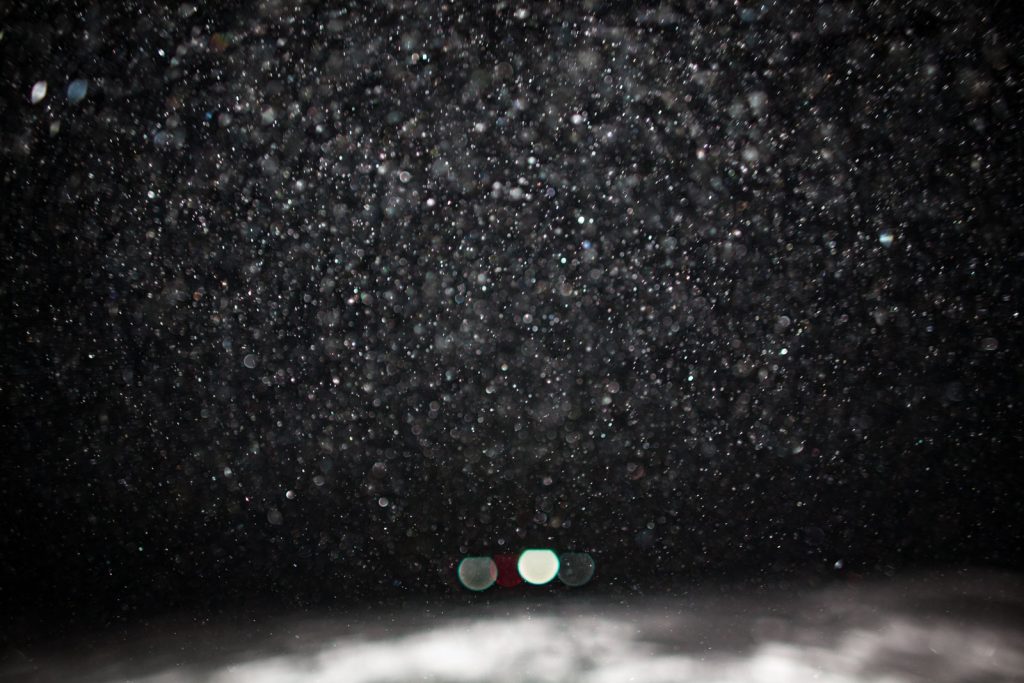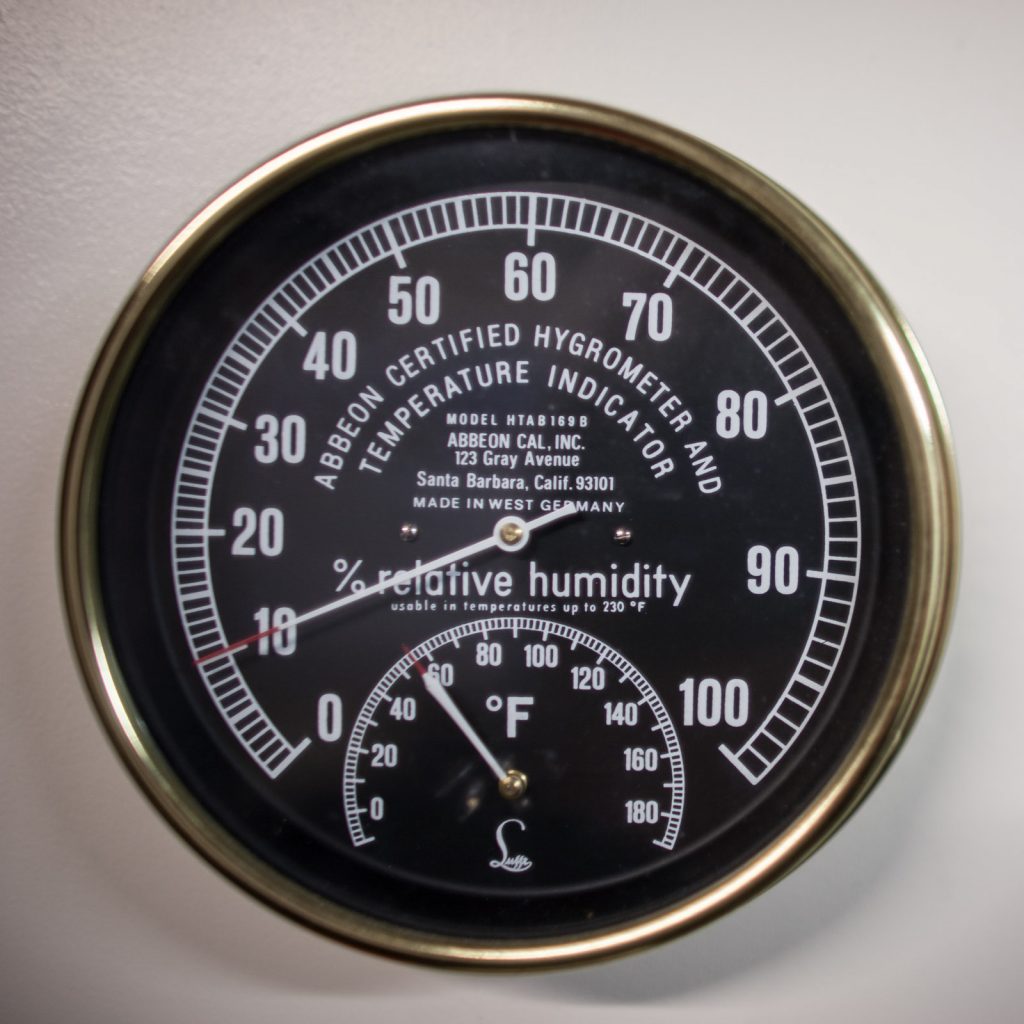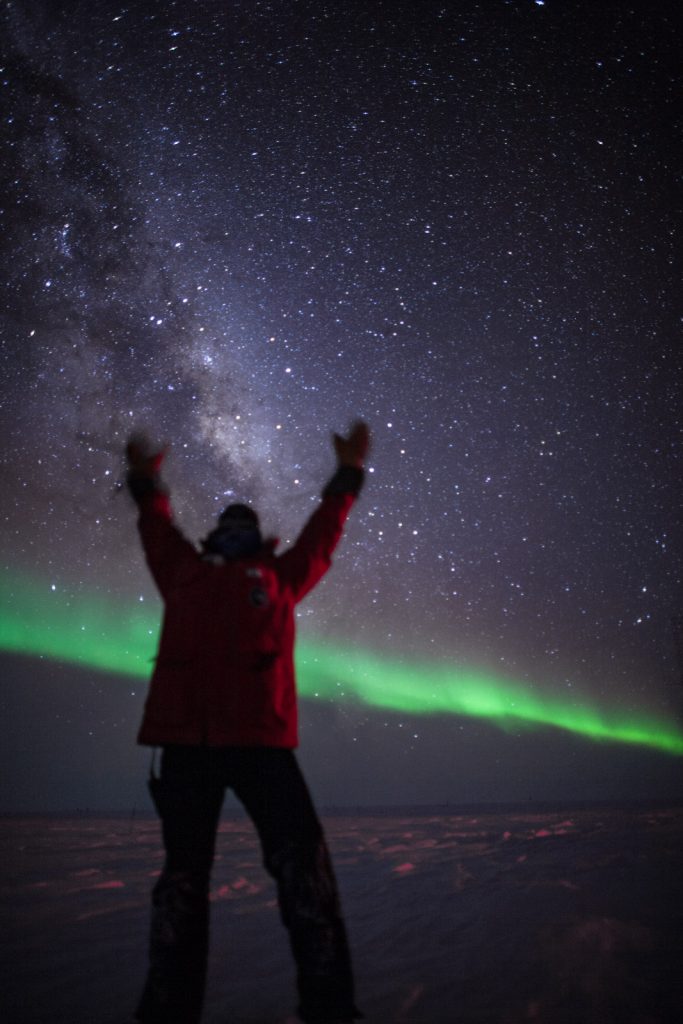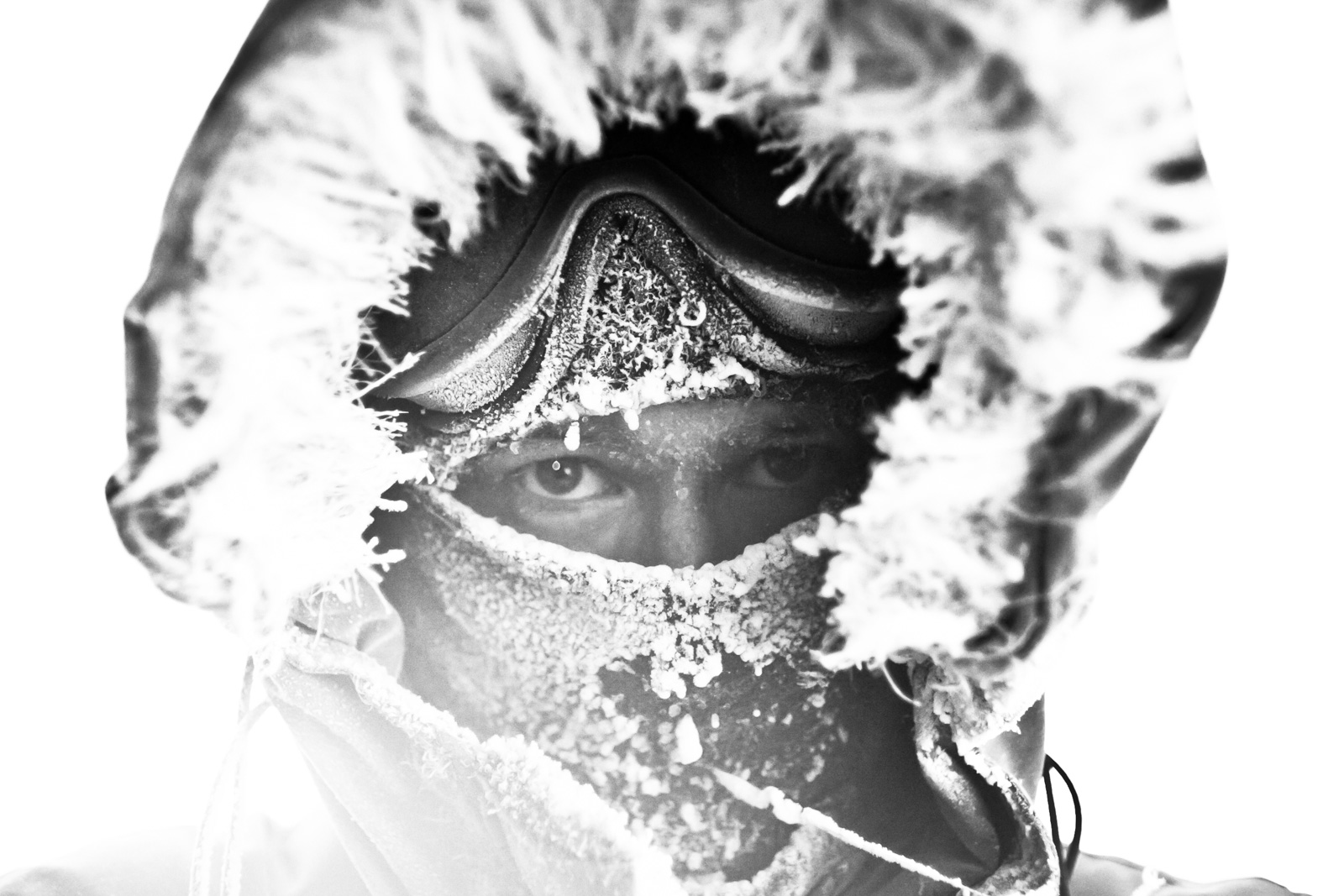
The walk from South Pole Station to NOAA’s Atmospheric Research Observatory
With an average winter temperature of -75F and lows that can go well below -100F, people often ask how I was able to handle the cold during my winter at the South Pole. The thing to remember is that Antarctica is the largest desert on Earth. It is beyond “dry”. The South Pole only receives 2 inches of precipitation per year as tiny “diamond dust” ice crystals falling out of the frigid air.


It makes Colorado feel like a swamp. One of the most noticeable things is that when you track snow in to the station, it tends to evaporate before it can even melt in to a puddle of water. I also never had to use the clothes dryer since hanging wet laundry in one of the tiny bedrooms for the 12-24 hours to air dry was the only time they even remotely felt humid. Being outside brought with it another strange sense of temperature. During the long night I never wore goggles. My neck gator covered my mouth and nose and a fuzzy hood kept the wind off my face, but eyes were free to see unobstructed. Glasses or goggles just fogged up and froze as soon as you stepped outside. The weirdest sensation was when a random blink of the eye resulted in frozen eyelashes suddenly holding eyelids shut. It only took a quick press of un-gloved fingers to melt, but it was an incredibly strange sensation.

Going outside also didn’t really strike me as some outlandish thing when wearing the proper gear. Walking across the snow to another building was not an issue if the wind was calm, which it usually was calm. Often, halfway through my walk to the Clean Air Sector my eyes would adjust to the dark and I would notice the play of aurora overhead. I would lay down on the snow and just watch the show in the sky. My time stargazing would only last a half hour or so. Eventually the cold would make its way through the layers of goose down coats and rubber boots and when it finally did, it happened nearly instantaneously. A pleasant time under the stars would change to a mad scramble to get indoors and avoid freezing flesh.


Photography and text by Patrick Cullis (CIRES/NOAA) Patrick spent a year living at the South Pole from 2008 to 2009.

